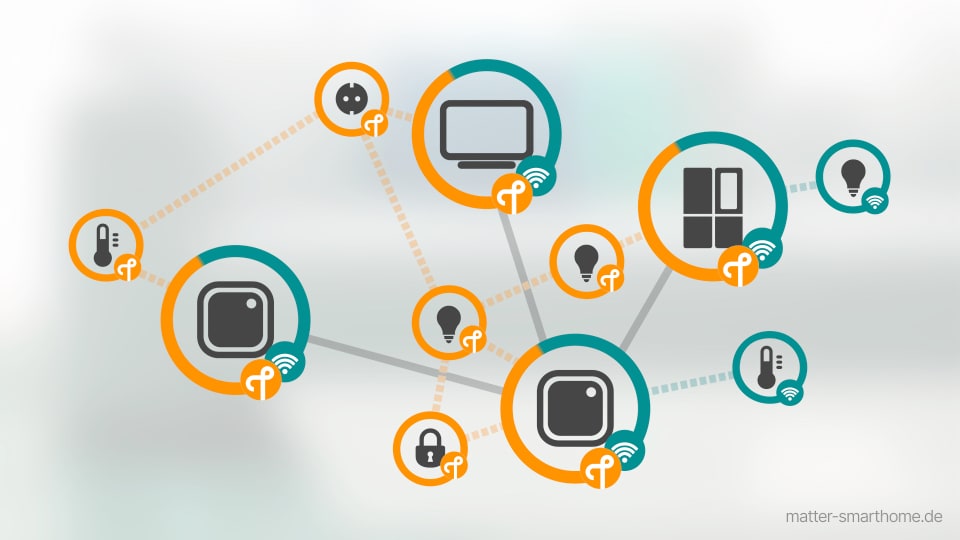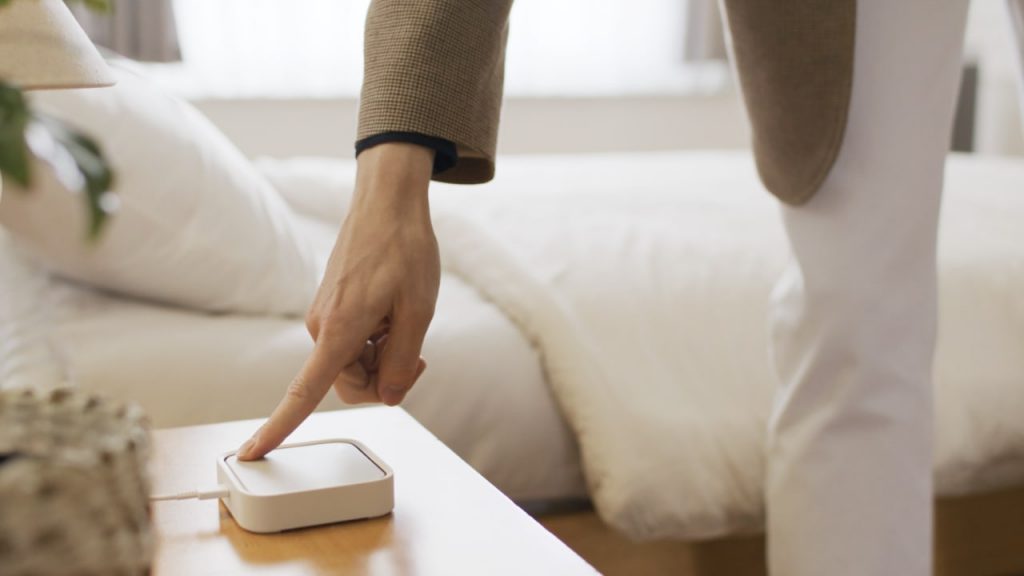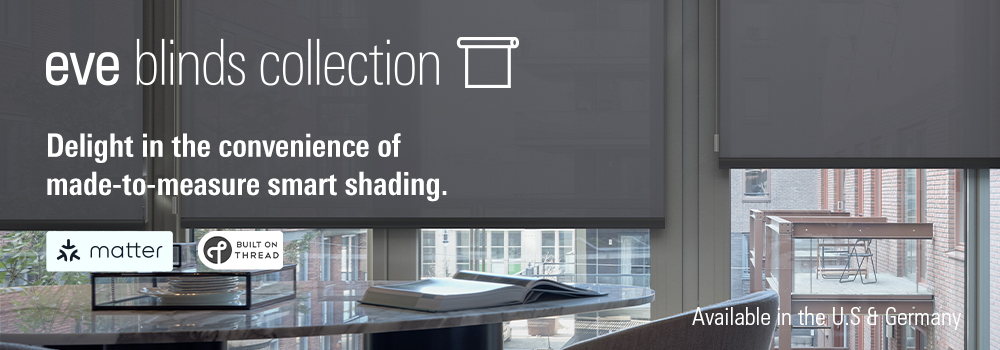At the SDC23 developer conference, Samsung gave an outlook on the further development of its SmartThings ecosystem. The “Hub Everywhere” (link) strategy plays an important role here because if the company goes its way, smart home hubs will populate the home in the future just like TVs, fridges and other electrical appliances. Samsung has begun incorporating SmartThings hub features into connected TVs, computer monitors and refrigerators. Individual soundbars like this year’s top model HW-Q990C are also equipped accordingly. With the SmartThings Station, the Korean company has also a control center in its range that masquerades as an inductive charging pad for smartphones (picture above).
Hubs that complement each other
Along the way, this creates the basis for the Matter standard, because Matter products are always connected locally via a hub. The features of the individual hub models vary as far as the wireless standards are concerned. For example, some of the integrated hubs support Zigbee for smart lamps, sensors and sockets in addition to WLAN. However, the Z-Wave protocol is only found in the classic, external hubs from Samsung or Aeotec. Currently, only the classic hubs or the SmartThings Station can be considered as Thread Border Routers.

In the long term, this will no longer play such a big role because users will be able to combine several hubs in their homes. Products to be installed will be able to choose the hub that meets their needs and promises the best connection. Starting with the SmartThings Station, Samsung announces that it will introduce the so-called Multi-Hub network. It allows additional hubs to be added to the primary hub via the system’s app, whether external models like the Station or integrated SmartThings hubs in smart TVs or Samsung refrigerators.
If the control centers use the Thread radio protocol, they will join the shared Thread network. It is not known whether SmartThings will also take this opportunity to address the problem of cross-system Thread networks. Currently, the exchange of access credentials between Border Routers of different Matter platforms is known to be limited. Industry insiders confirm that this is not yet the desired contition.
Hub replacement service
To make the subsequent replacement of hubs as easy as possible – for example, when changing the TV or buying a new hub – Samsung announced another function at SDC23. With Hub Replace, it should be possible to transfer everything to a new hub via the SmartThings app in the future. Hub Replace moves all devices, the Matter Fabric, all necessary device drivers, automations, and settings to the new hub, while the existing installation remains intact. Even Zigbee, Z-Wave and Tread networks are said to be included in the transfer, as long as the receiving hub supports the technology.
Share this information:


